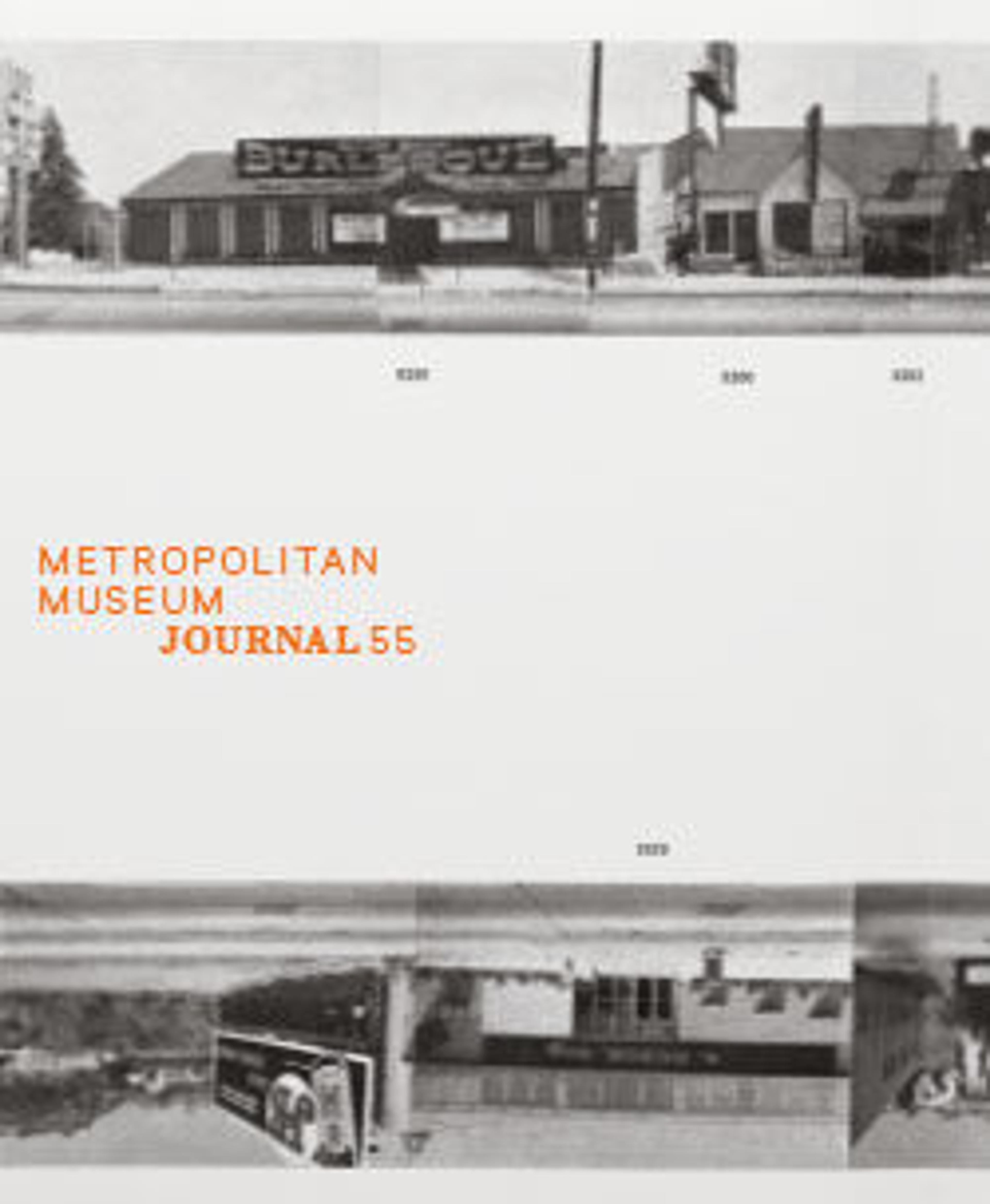English Guittar (Cittern) with "Smith's Patent Box"
An "English guittar" with a teardrop-shaped body and a flat back of maple. It has six metal string courses which are tuned by means of a watch-key mechanism, invented by John Preston in around 1760. The keyboard mechanism with six keys, "Smiths Patent Box", would allow the player to use piano hammers to strike the strings. This was a popular alternative to pianoforte guittars with internal mechanisms, and was often added to instruments at manufacture but could be fitted to pre-existing instruments too. The mechanism is removable, fastened by two brass screws which attach to fittings at the tail end of the guittar.
(Daniel Wheeldon, 2023)
(Daniel Wheeldon, 2023)
Artwork Details
- Title: English Guittar (Cittern) with "Smith's Patent Box"
- Date: mid to late 18th century
- Geography: London, England, United Kingdom
- Culture: British
- Medium: Wood and various materials
- Dimensions: 26 × 11 × 5 3/8 in. (66 × 27.9 × 13.7 cm)
- Classification: Chordophone-Lute-plucked-fretted
- Credit Line: The Crosby Brown Collection of Musical Instruments, 1889
- Object Number: 89.4.1014
- Curatorial Department: Musical Instruments
More Artwork
Research Resources
The Met provides unparalleled resources for research and welcomes an international community of students and scholars. The Met's Open Access API is where creators and researchers can connect to the The Met collection. Open Access data and public domain images are available for unrestricted commercial and noncommercial use without permission or fee.
To request images under copyright and other restrictions, please use this Image Request form.
Feedback
We continue to research and examine historical and cultural context for objects in The Met collection. If you have comments or questions about this object record, please complete and submit this form. The Museum looks forward to receiving your comments.
